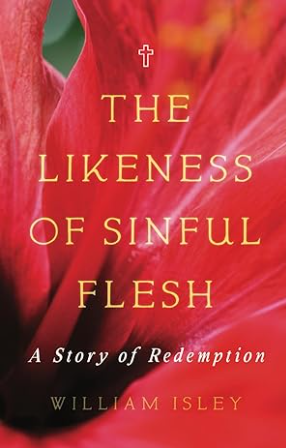In asking how Christian is the History Channel’s miniseries Hatfield & McCoys I do not mean that it was done by a Christian production company, that it has Christian actors and certainly not that it is a series without sexual immorality, crude language and terrible violence. What I am saying is that the story line concerning the two leaders of the feud has a profoundly Christian message.
(If you haven’t seen the series, you might not want to read further, since I give away the ending in what follows.)
The third and final episode of the miniseries shows the end of the feud and the end of the two leaders of the two families–Randall McCoy and Anderson “Devil Anse” Hatfield. As I argued in my previous post, Hatifields & McCoys: Family Values, Randall McCoy’s self-justifying identification of Christianity with his own interests is idolatry. Hatfields & McCoys vividly portrays the self-destructive end of such a pseudo-faith. When McCoy tragically loses several members of his family to Hatfield attacks, he abandons his false faith in prayer, the Bible and God. He discovers that his wife’s criticism that his prayers seldom work was valid. He then becomes consumed with vengeance and loses any remaining sense of justice, as well as his sanity, the family he supposedly was fighting for, and finally his life. In a drunken stupor and alone in his cabin he burns family pictures in the fireplace. The sleeve of his shirt catches fire, and he perishes as the cabin burns to the ground.
Randall McCoy created a faith out of his own interests. His theology was self-centered rather than God-centered. Such an ideology, to use Karl Marx’s term for philosophical or theological justifications of self-interest, results in isolation, insanity and finally death. Randall McCoy began with the desire to defend his family. Because his theology was centered on his own interests, in the end he lost his family. Because his theology was the creation of his own mind, he was left alone with his thoughts and became insane. Because his theology was his life, when it failed him, he died. In fact, his end was a vivid picture of hell–a lonely lost soul being consumed by the flames of its own bitterness.
In contrast, “Devil Anse” Hatfield, while a brutal leader of his side in the infamous feud, at times shows an ability to see beyond his own self-interest and understand the other person’s perspective. For example, he recognizes that “Bad” Frank Phillips was only doing his job as a Pinkerton detective when, in self-defense, he killed two of Hatfield’s kinsmen. Because his culture’s perverted sense of justice required him to do something about Phillips, Hatfield pays him to leave town rather than kill him. In the end, Hatfield recognizes that the feud is destroying his family as well as McCoy’s. Rather than rescuing his son from execution or avenge him, he publicly calls off the feud so that literally there could be peace in the valley.
It would appear that Hatfield, perhaps unconsciously, had recognized the truth of Jesus’ words that he who lives by the sword dies by the sword (Matthew 26:52). On a personal level he saw that true justice and peace came with a recognition of one’s own sins and the need for forgiveness from God. The series ends with “Devil” being baptized in the river with family and church members looking on. A true Christian theology, one that comes from God and not our self-interests and that both condemns us and offers us forgiveness through faith and repentance, brings peace and sanity and life.
Historically speaking, it is true that Randall McCoy died in a cabin fire and seems never to have recovered from the feud. The series’s portrayal of his false faith is plausible and certainly dramatically effective, but I can’t verify it historically. The end of Anderson Hatfield is factual. At age 72 he accepted Christ as his savior in a revival meeting and was baptized on September 23, 1911. He died peacefully several years later, a part of the greater and eternal family, the family of God. I have heard that many of his descendants are practicing Christians.
The reality of the gospel that causes us to put God in the center of our life rather than self or family saves us and others. “Whoever finds his life will lose it, and whoever loses his life for my sake will find it” (Matthew 10:39). Now, that’s the gospel!


Bill, thanks for this thoughtful article. I am going to be teaching literature to high school next school year and this way of
analyzing stories is just what I am looking forward to. I really like the phrase “his false faith in prayer, Bible and God”….because his theology was a creation of his own mind.” Something to watch out for in my own thinking!
Barbi
p.s. Love and hugs to Mary!!!
Thanks so much, Barbi. I’m glad to hear that you’re going to be teaching literature. You should be good at it. Only Mary gets love and hugs?